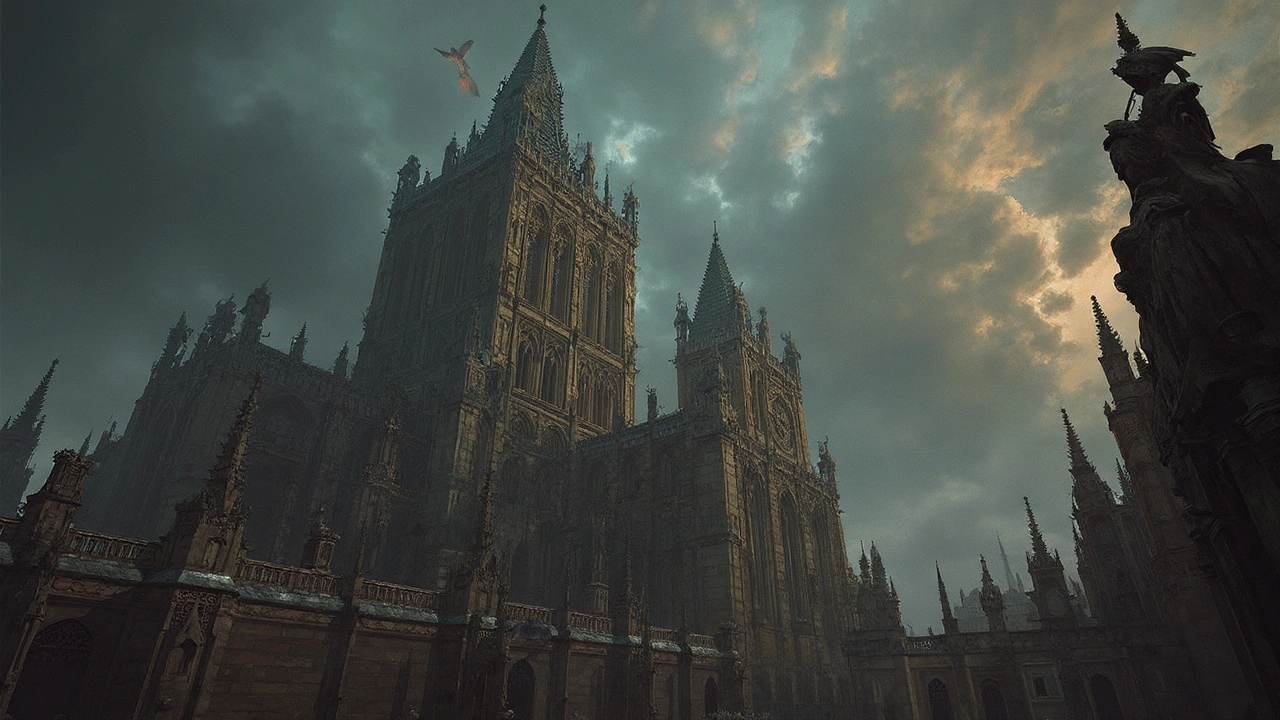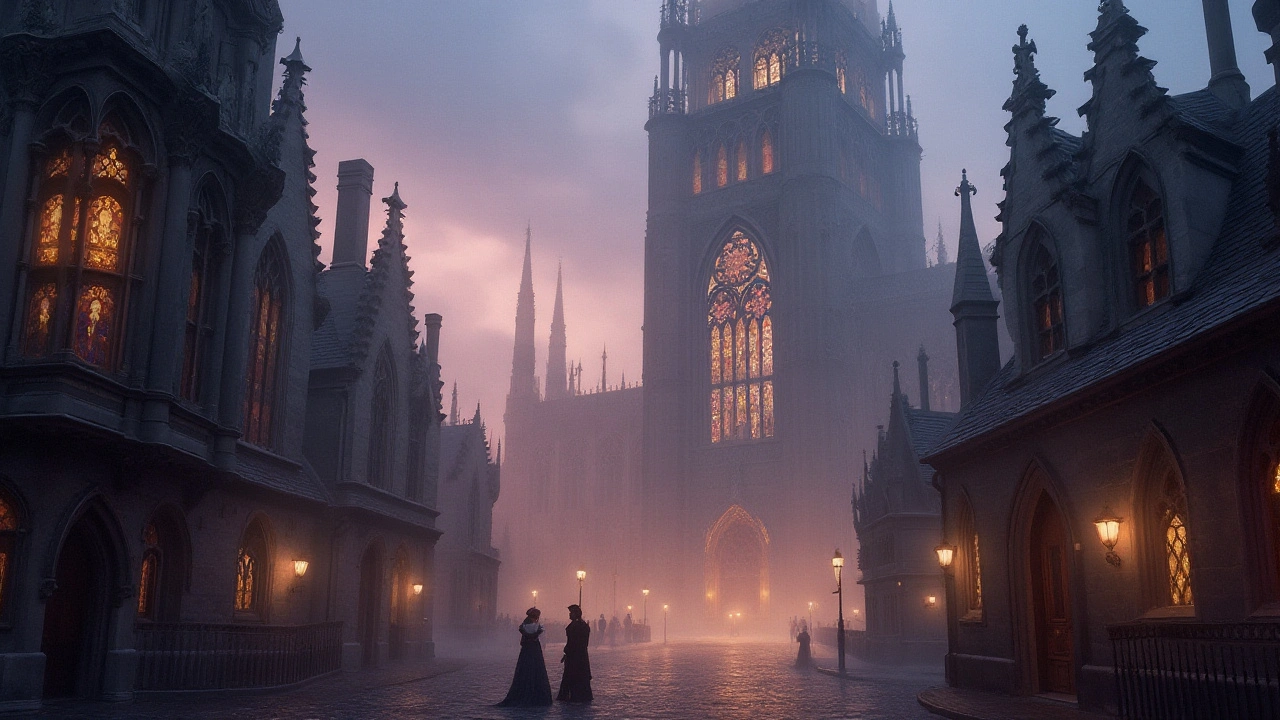Cathedrals: How to Read Their Stones, Styles, and Stories
Some cathedrals took centuries to finish—Cologne began in 1248 and wasn't completed until 1880. That long timeline is the key to understanding them: cathedrals are living records of changing styles, tech, and religious life. This page helps you spot those changes, know what to look for on a visit, and understand why a cathedral still matters to a city.
Spot the style: simple signs that actually work
Start with the arches. Rounded arches and thick walls = Romanesque. Pointed arches, flying buttresses, and tall stained-glass windows = Gothic. Big central domes, mosaics, and a blend of East and West details usually point to Byzantine influence. Later layers can show Baroque drama (curves, gilding) or Renaissance balance (symmetry, classical columns). If a facade uses ancient Greek-like columns, that’s a revivalist or neoclassical touch. Look at the roofline, the windows, and how light moves through the space—those give the quickest clue.
Inside, check the vaults: barrel vaults are older and heavier; ribbed vaults are a Gothic upgrade that lets builders go higher. The choir and transept tell you about liturgy and procession: long choirs often mean elaborate services. Decorative programs—stained glass, frescoes, mosaics, sculptures—usually reveal the building’s era and the stories its patrons wanted to tell.
Practical tips for visiting, photographing, and learning
Go early or late to catch the best light through stained glass. Bring a small notebook to jot down features: arch type, window shape, column style, and any dates or plaques. Use a wide-angle lens or smartphone panorama for interiors; aim low and include floor patterns to show scale. Don’t rush the facade—sculpture on portals often explains the building’s original message.
If you want deeper context, check for inscriptions and foundation stones—many cathedrals list patrons, architects, or rebuild dates. Museums on site often house fragments and models that show how the cathedral looked across centuries. If you hear local guides mention restorations, ask what materials they used—stone, timber, iron, or modern concrete—and you’ll learn which parts are original and which are later repairs.
Cathedrals also shape cities. They mark old market places, anchor town planning, and attract fairs and pilgrims. That explains why several styles show up together—towns rebuilt, added to, and reused these buildings rather than replacing them. If you’re curious about specific styles, you’ll find posts here on Romanesque basics, Gothic Revival, Byzantine mosaics, Baroque drama, and how later revival movements reshaped older cathedrals.
Reading a cathedral is like reading a layered story: structure, light, and decoration each tell a chapter. Use the simple signs above on your next visit and you’ll start recognizing dates and intentions behind the stone. Cathedrals are more than monuments—they’re practical lessons in building, faith, and how communities change over time.

Decoding Symbolism in Gothic Architecture
Gothic architecture is more than just stunning cathedrals; it's a language written in stones. This article uncovers the hidden meanings behind its towering structures, intricate designs, and mysterious figures. From flying buttresses to pointed arches, learn how each element conveys stories of faith, power, and medieval life. Get ready to see these ancient buildings in a whole new light with fascinating insights that you won't find in a typical history book.
Read more
Unveiling the Dark Allure of Gothic Architecture
Gothic architecture stands as a testament to the creative genius of the medieval period, characterized by its soaring spires, intricate sculptures, and mesmerizing stained glass windows. This style emerged in 12th-century France and quickly spread across Europe, leaving behind awe-inspiring cathedrals and churches. Despite its ominous name, Gothic architecture exudes a unique romance and grandeur that captivates visitors even today. Its design elements are not just for aesthetics but serve functional purposes, an intriguing blend of beauty and engineering. Join us as we explore the captivating elements that define Gothic architecture's legacy.
Read more